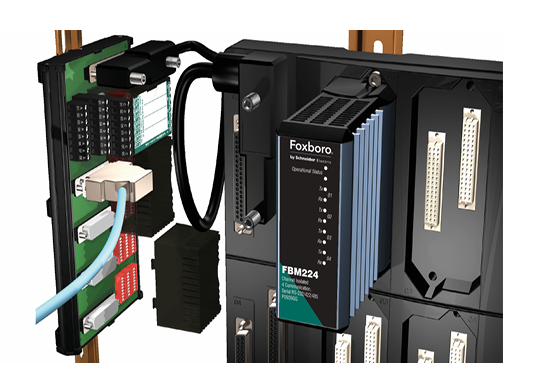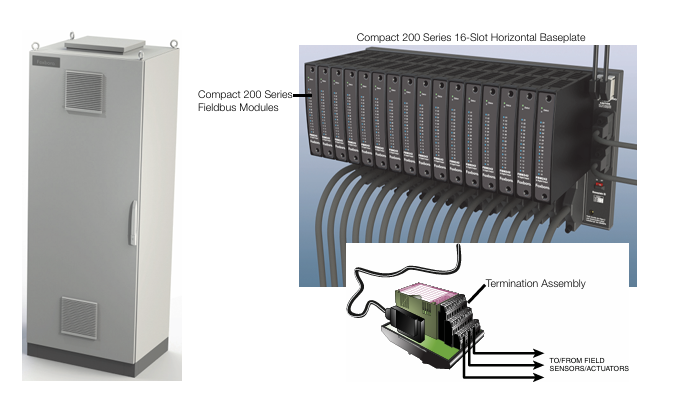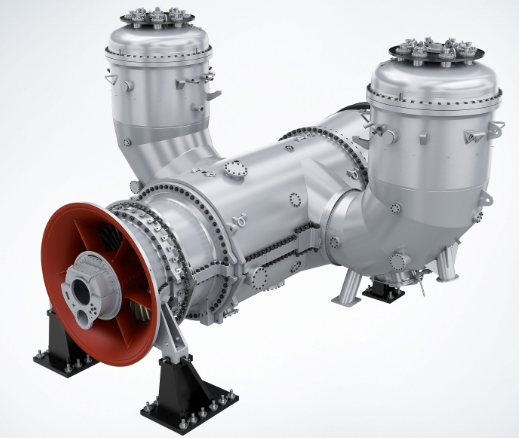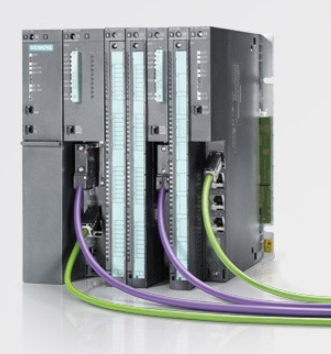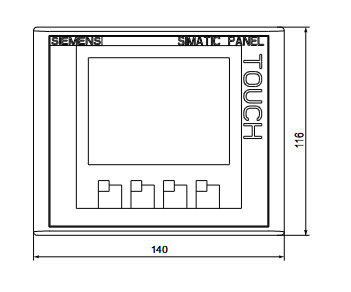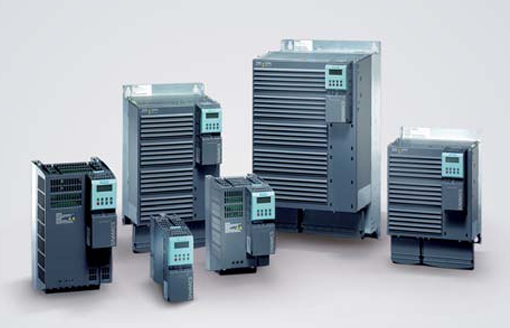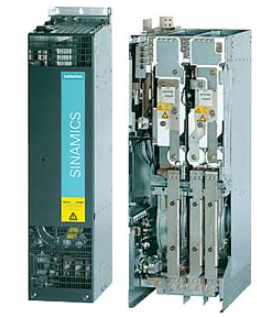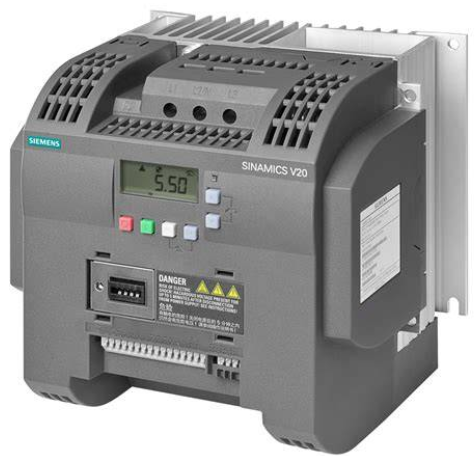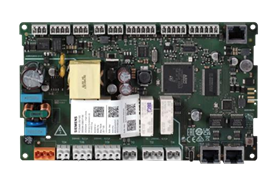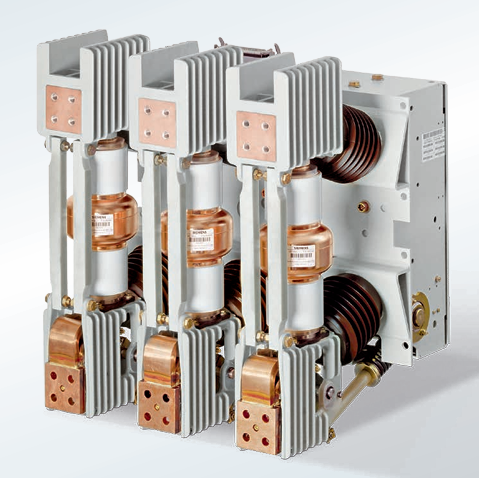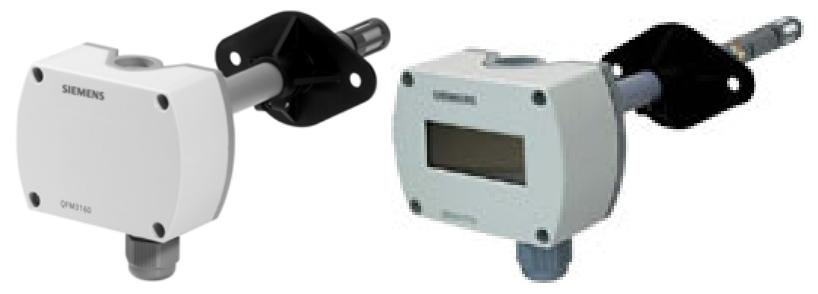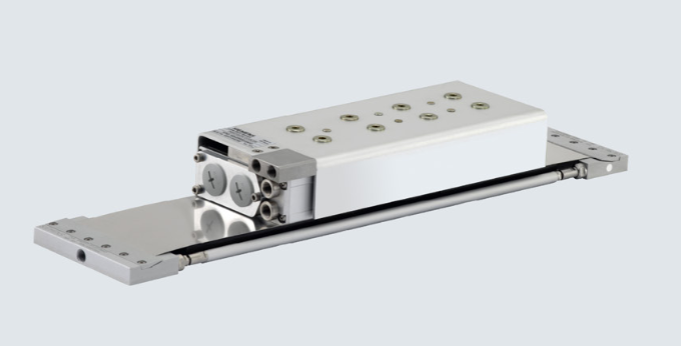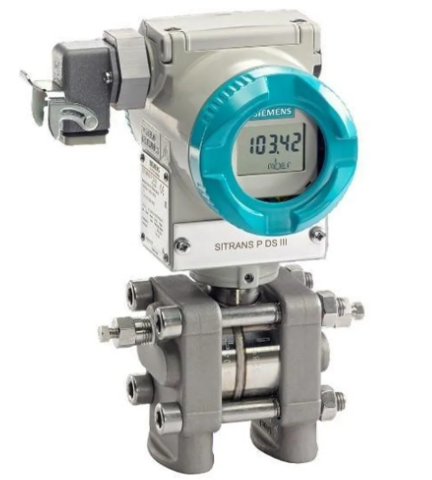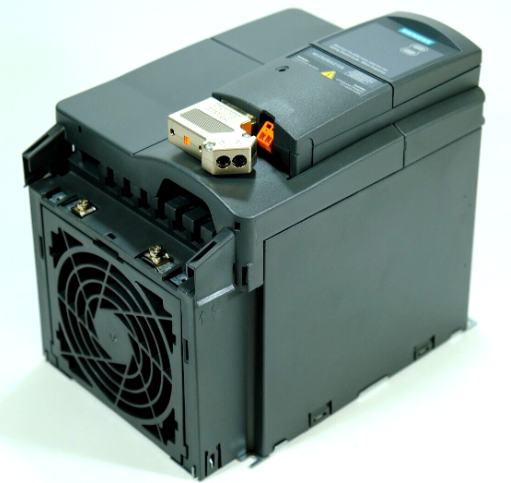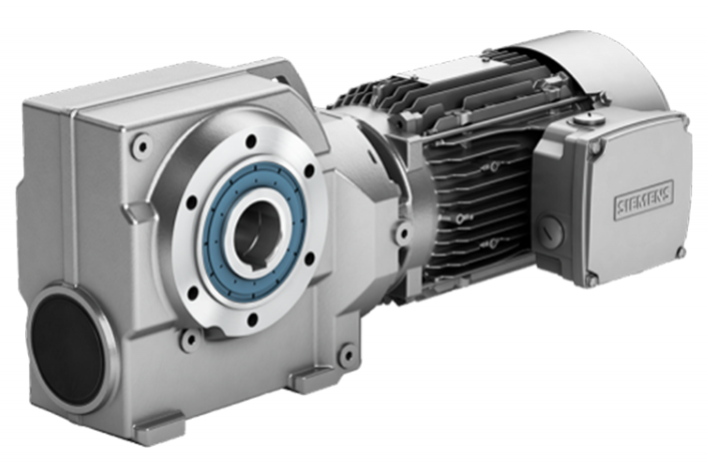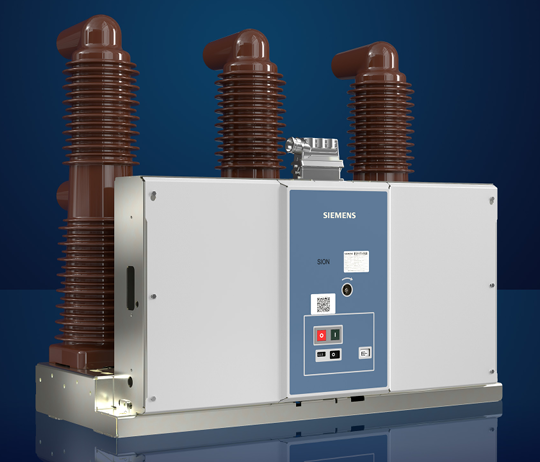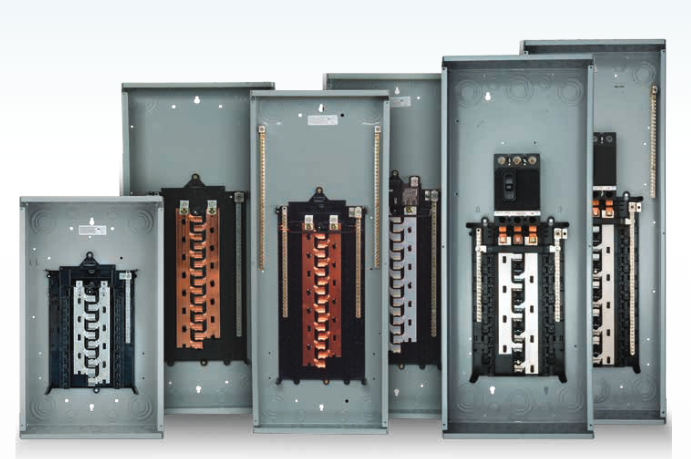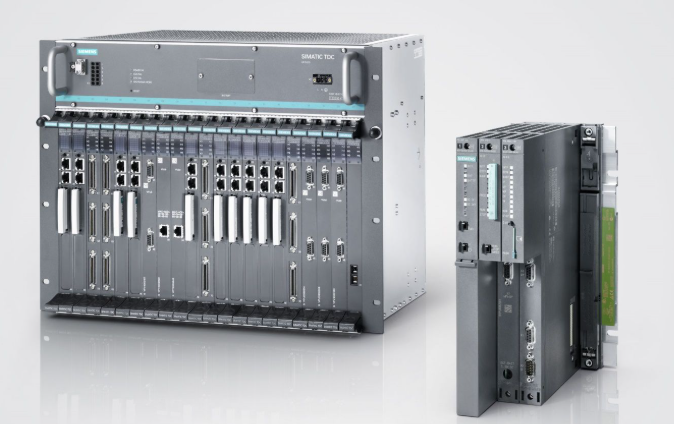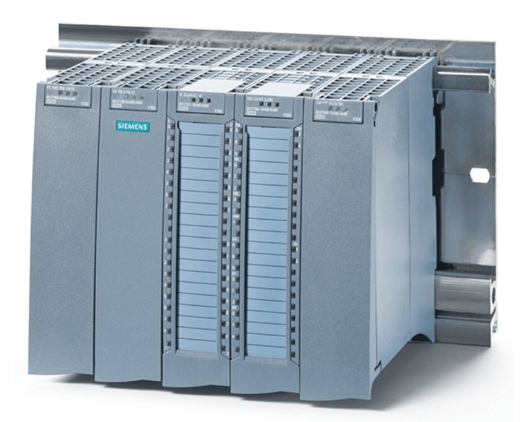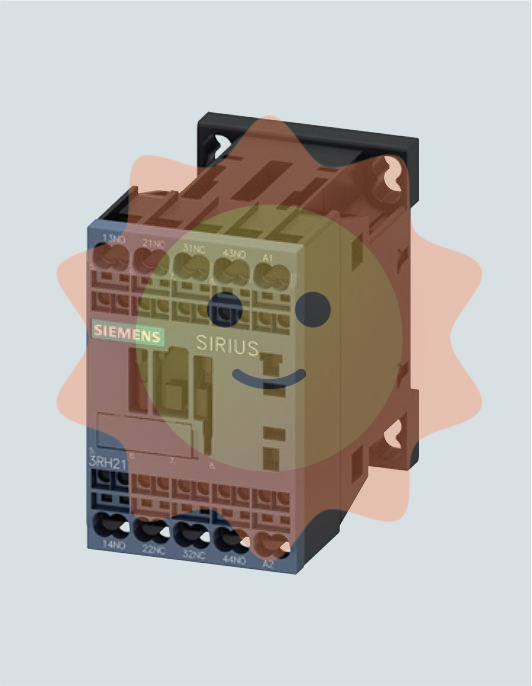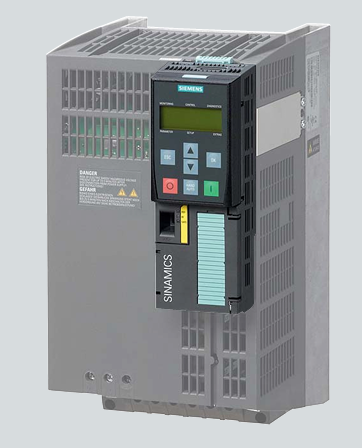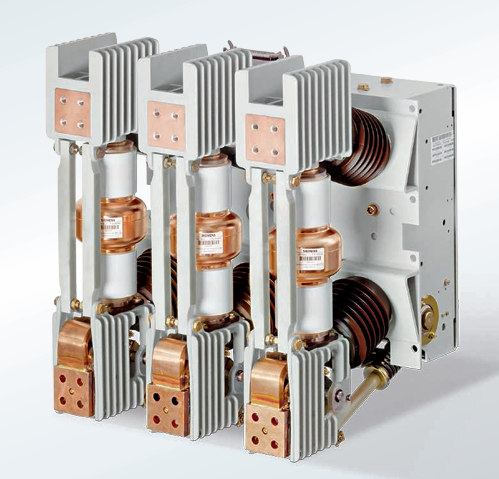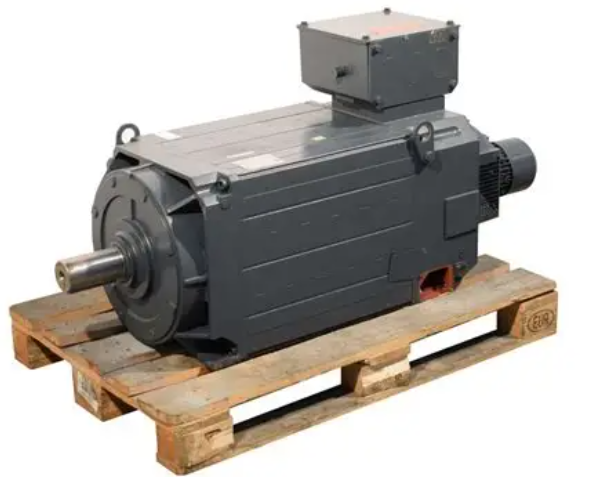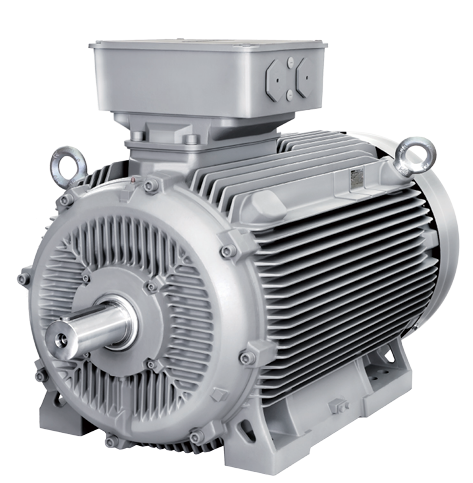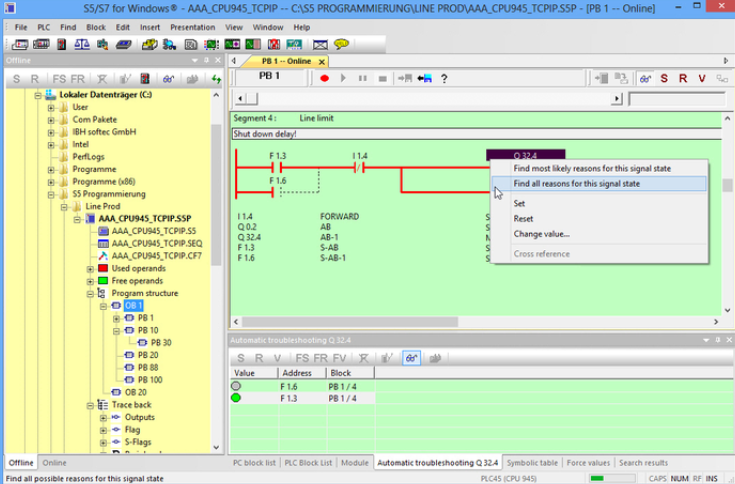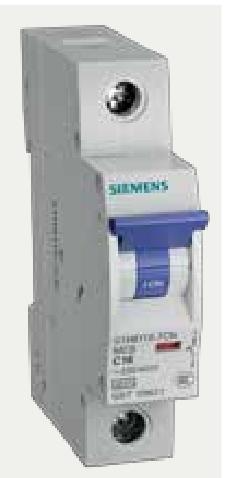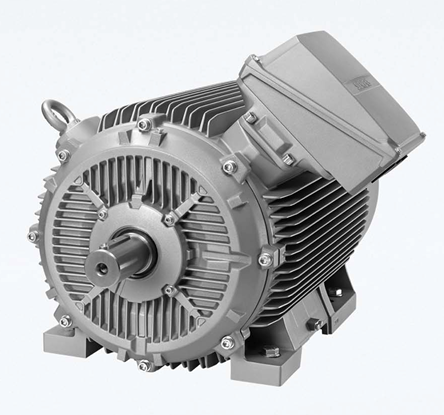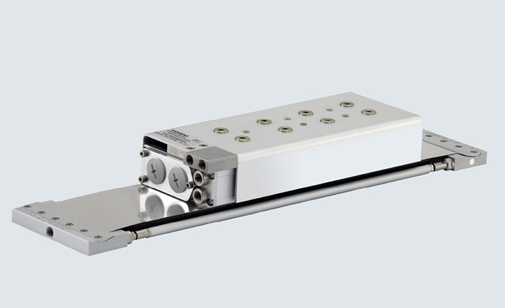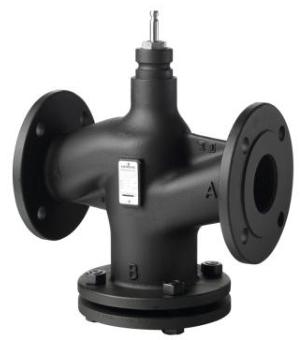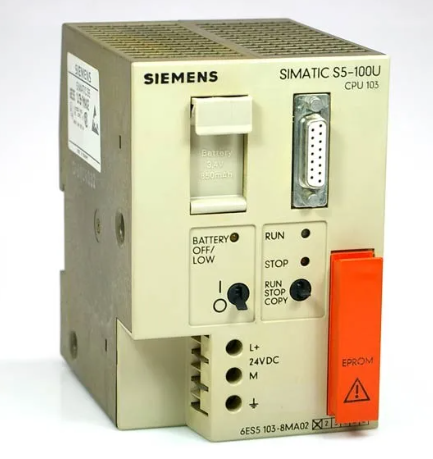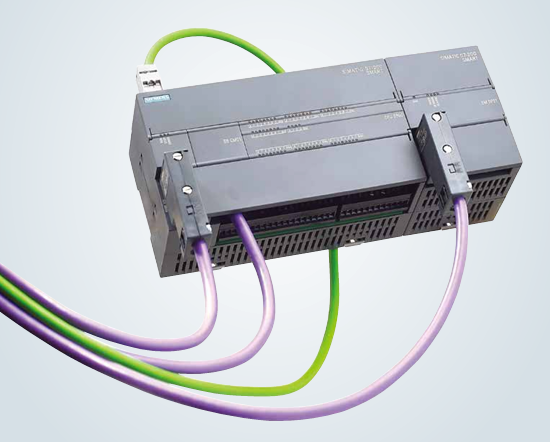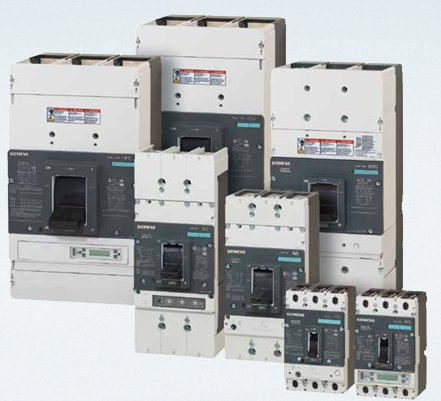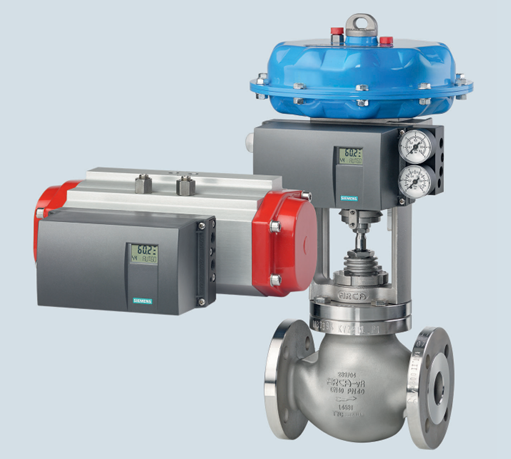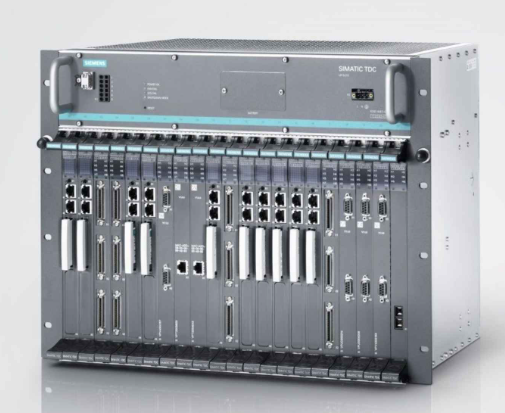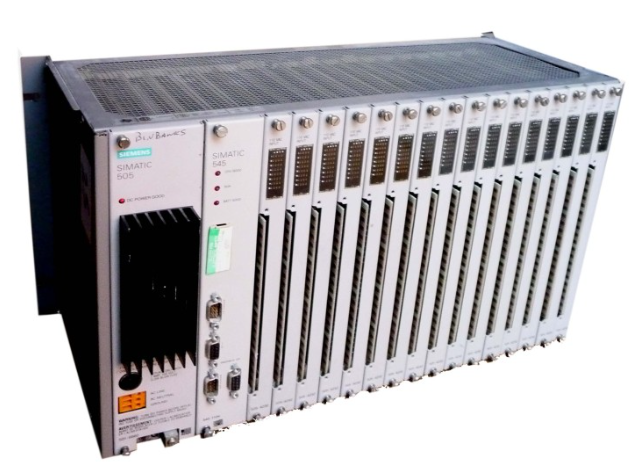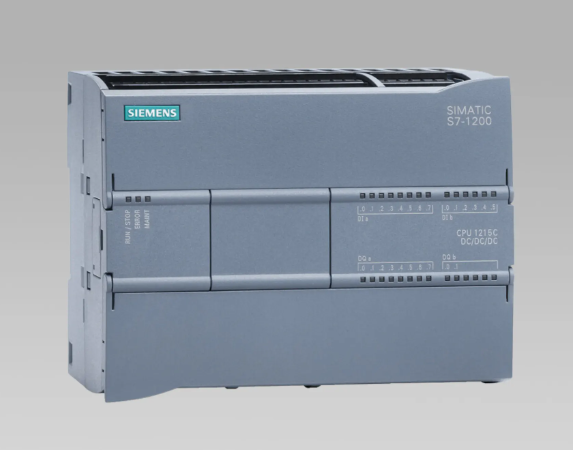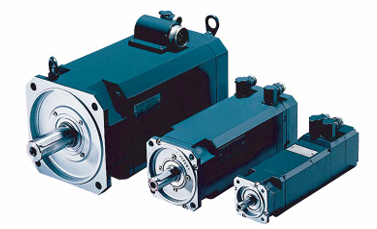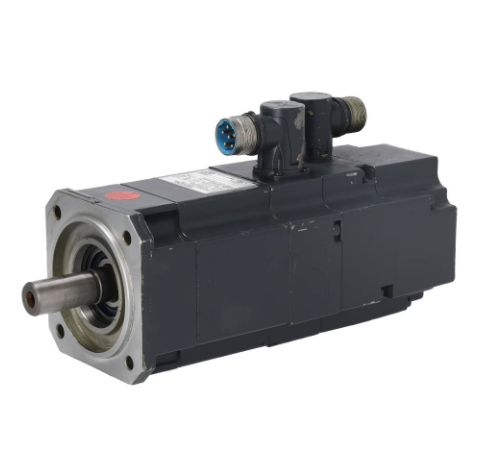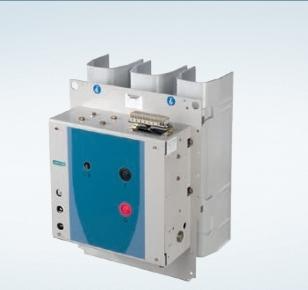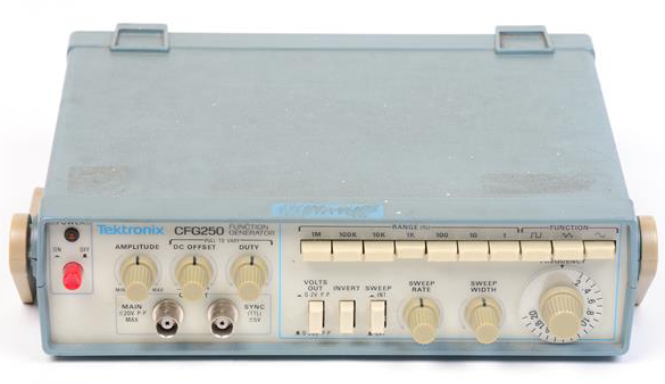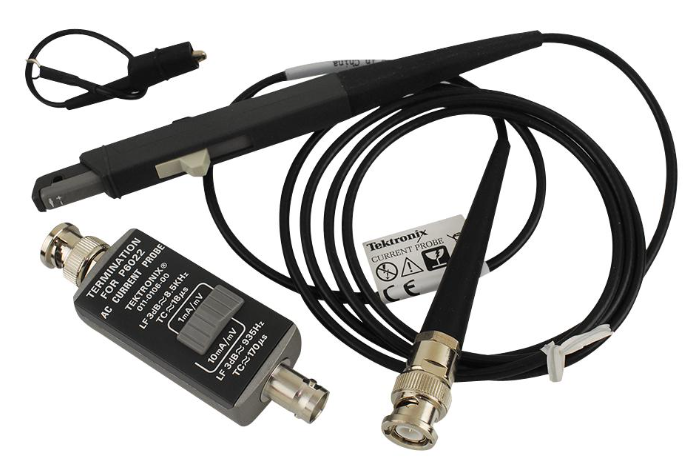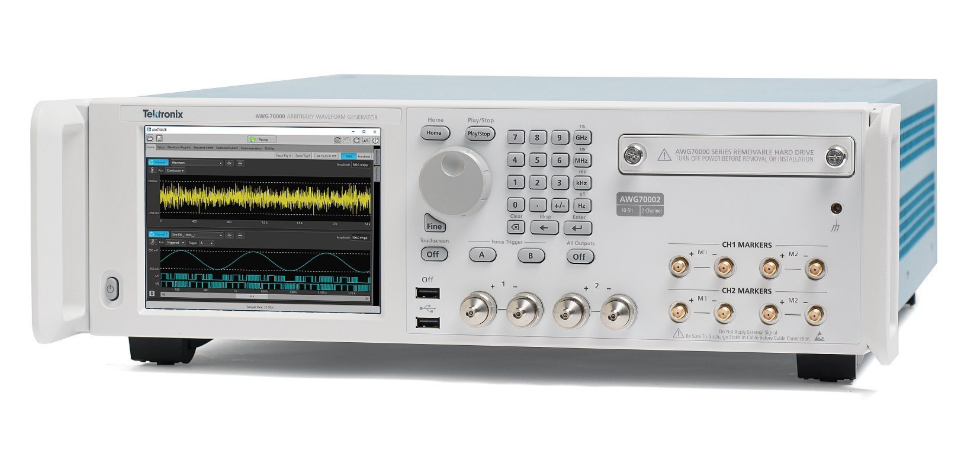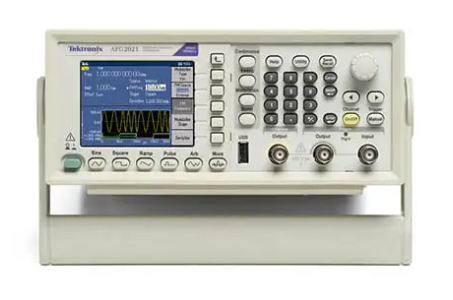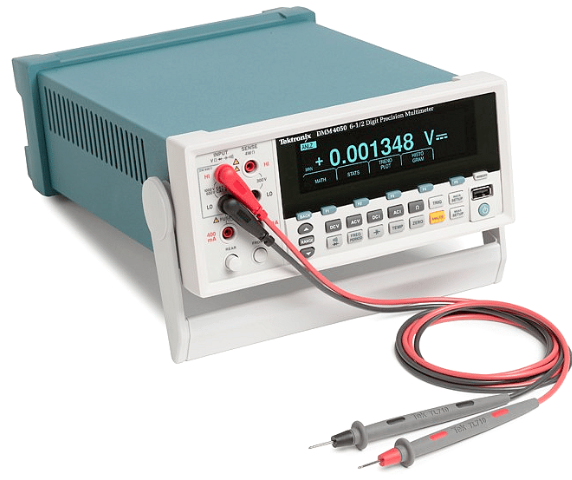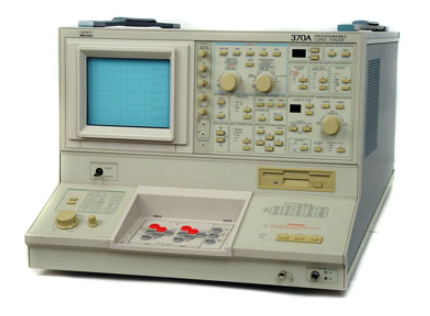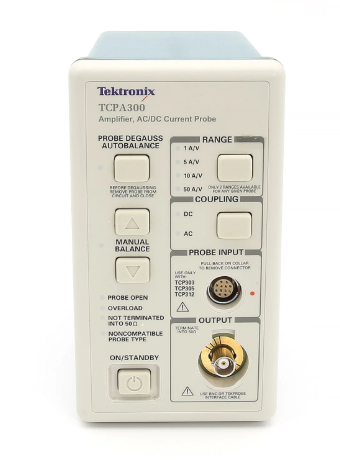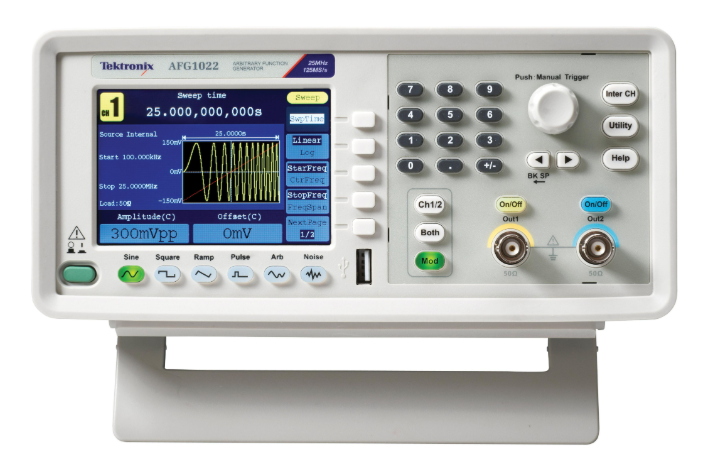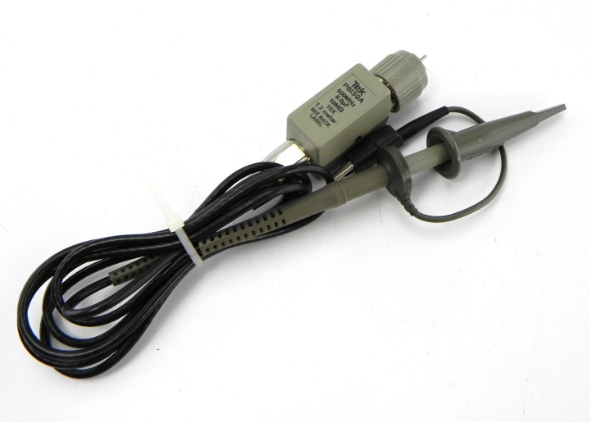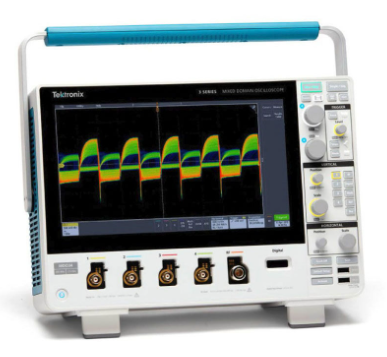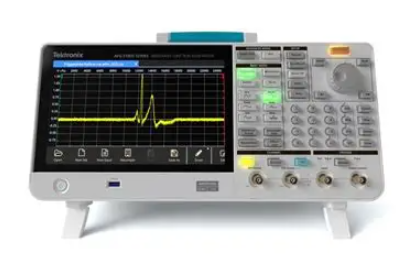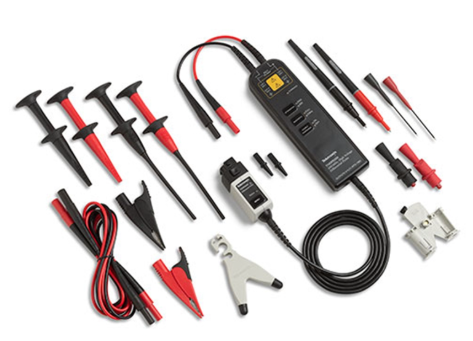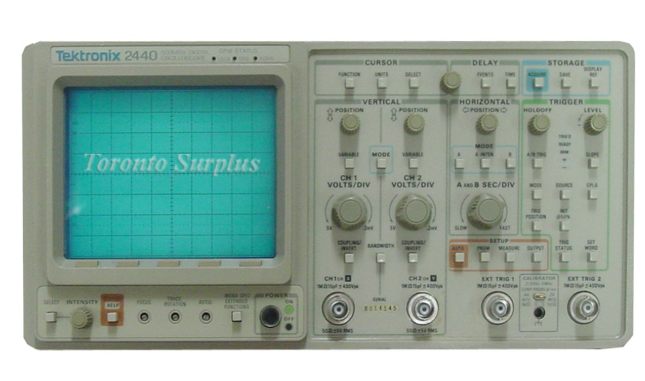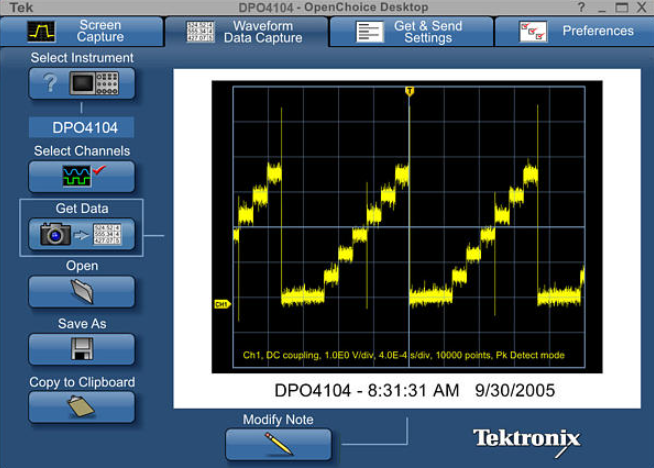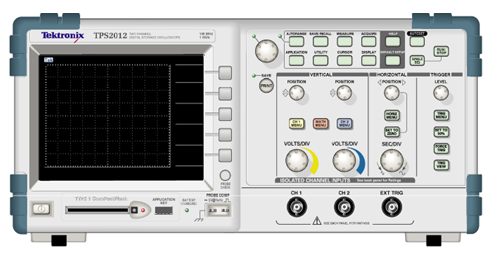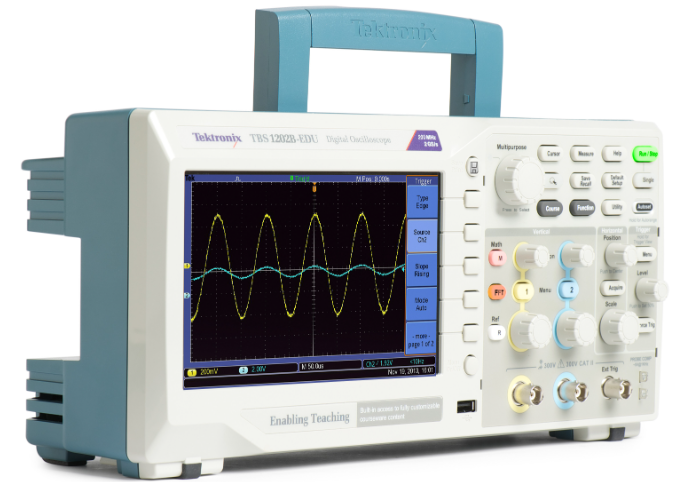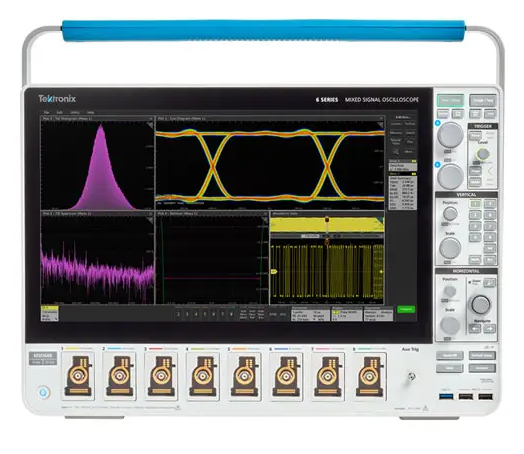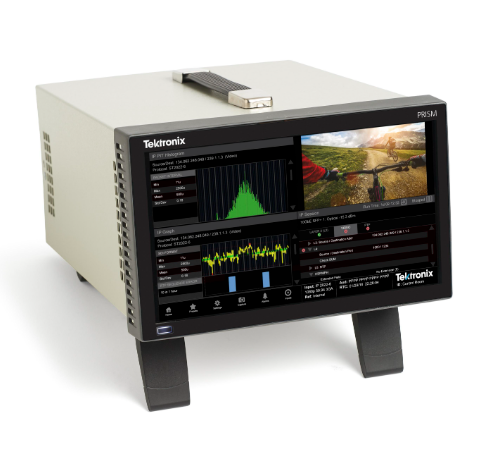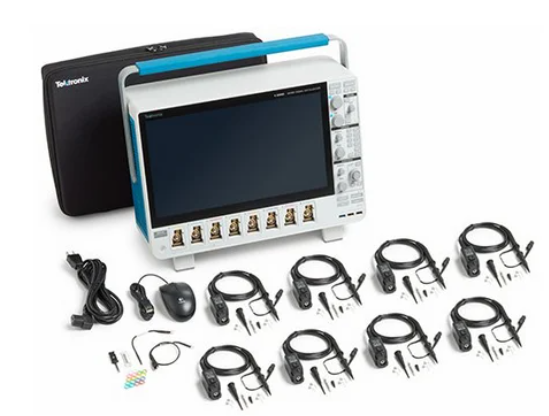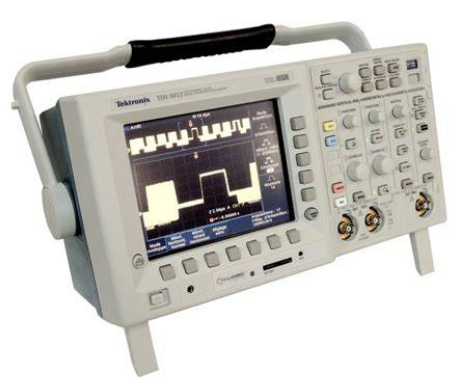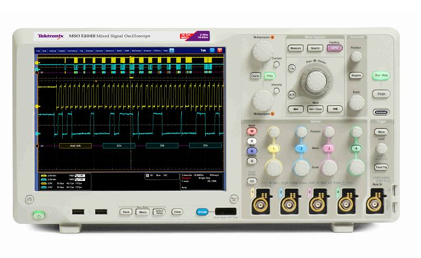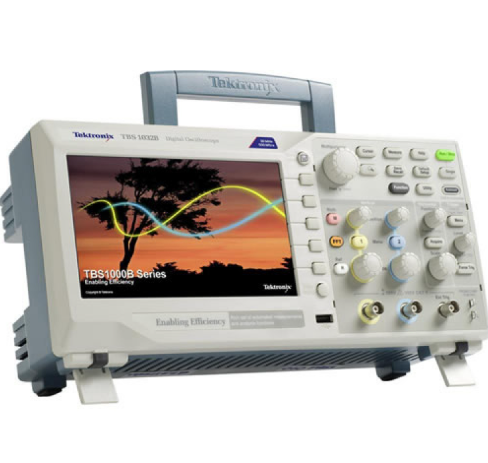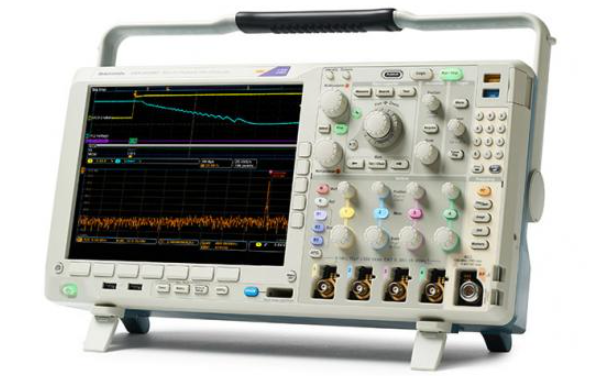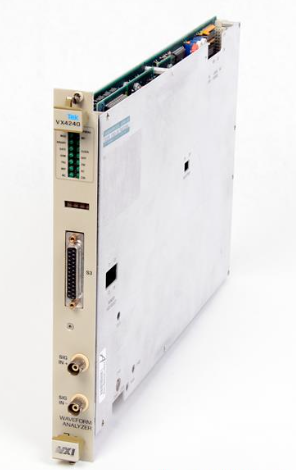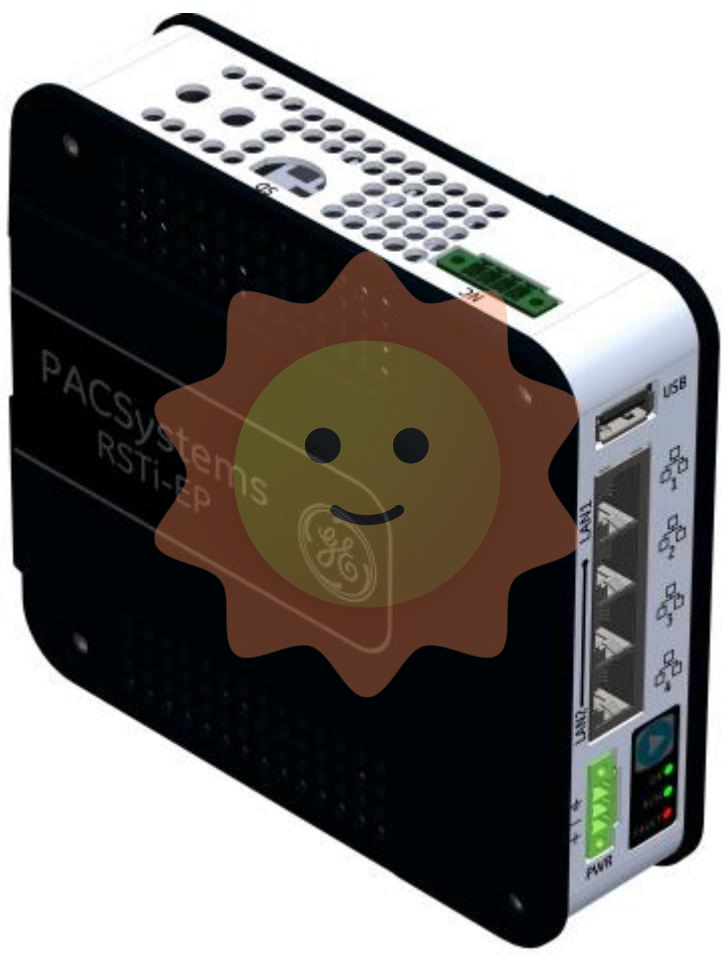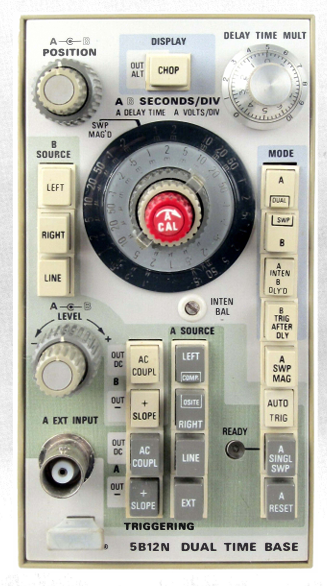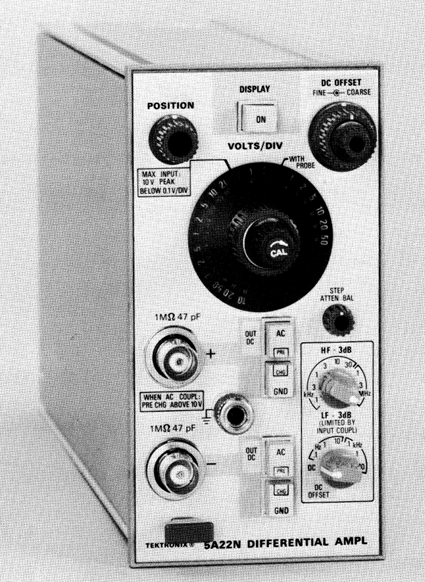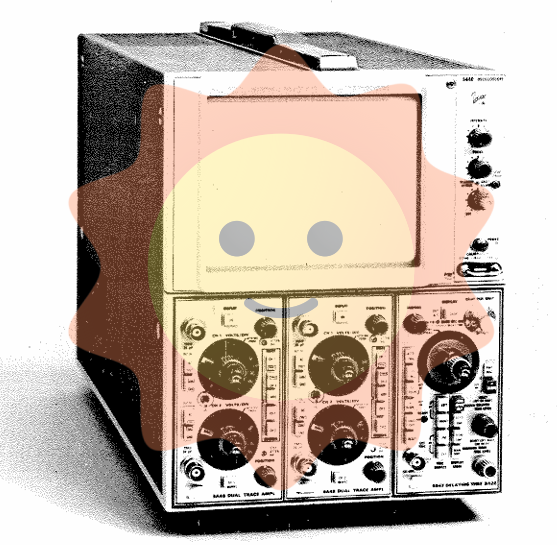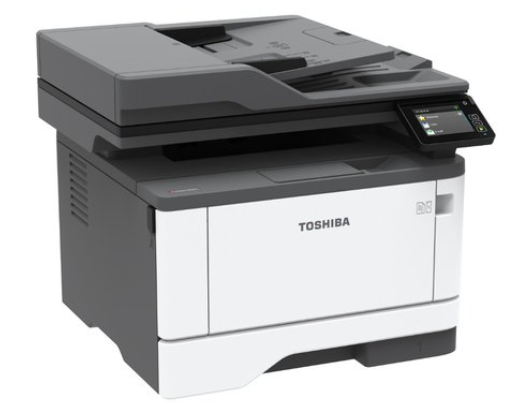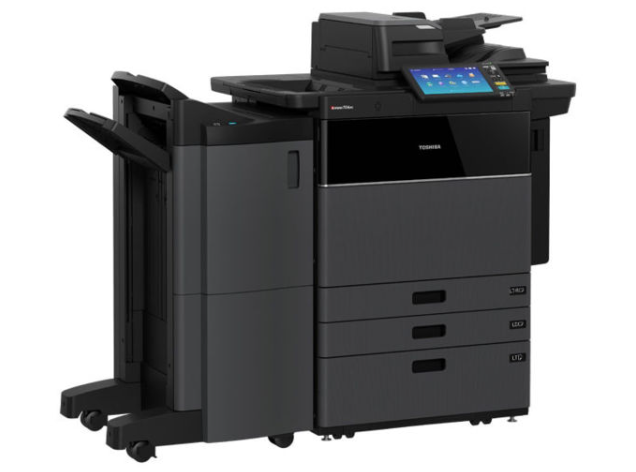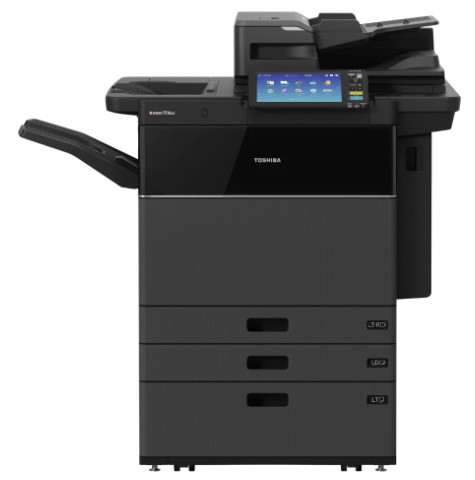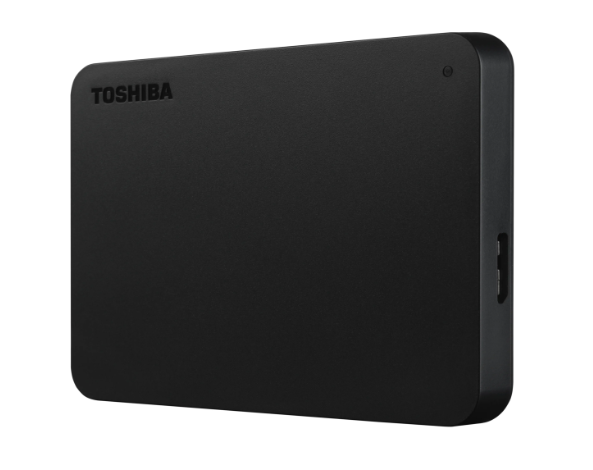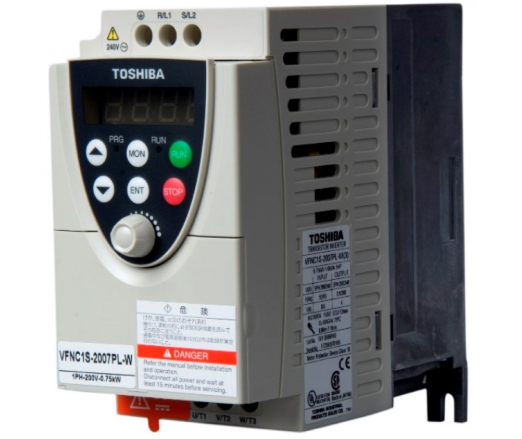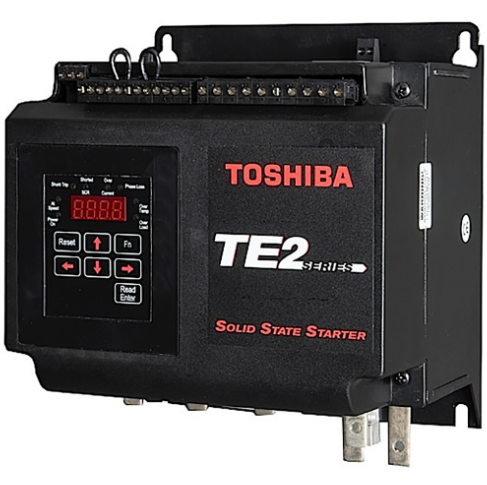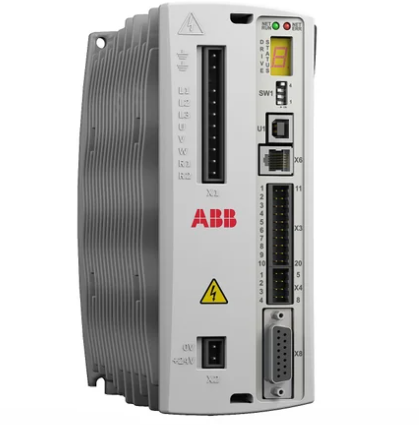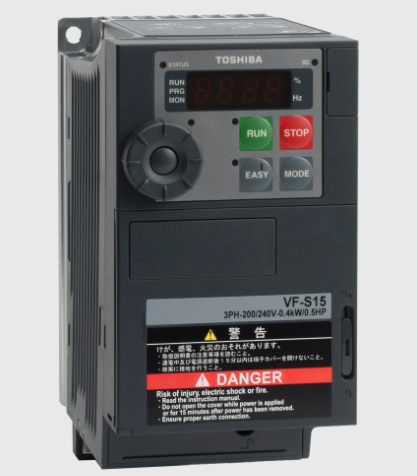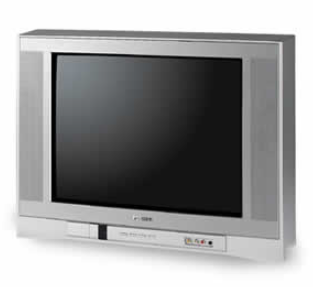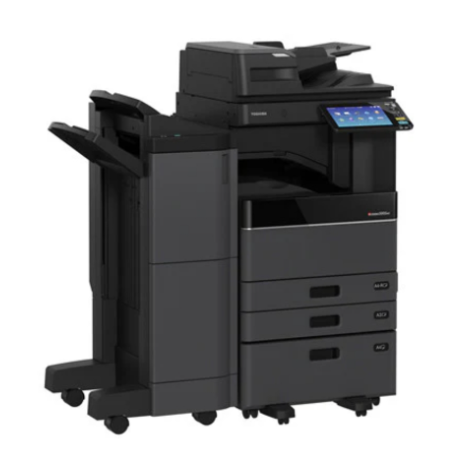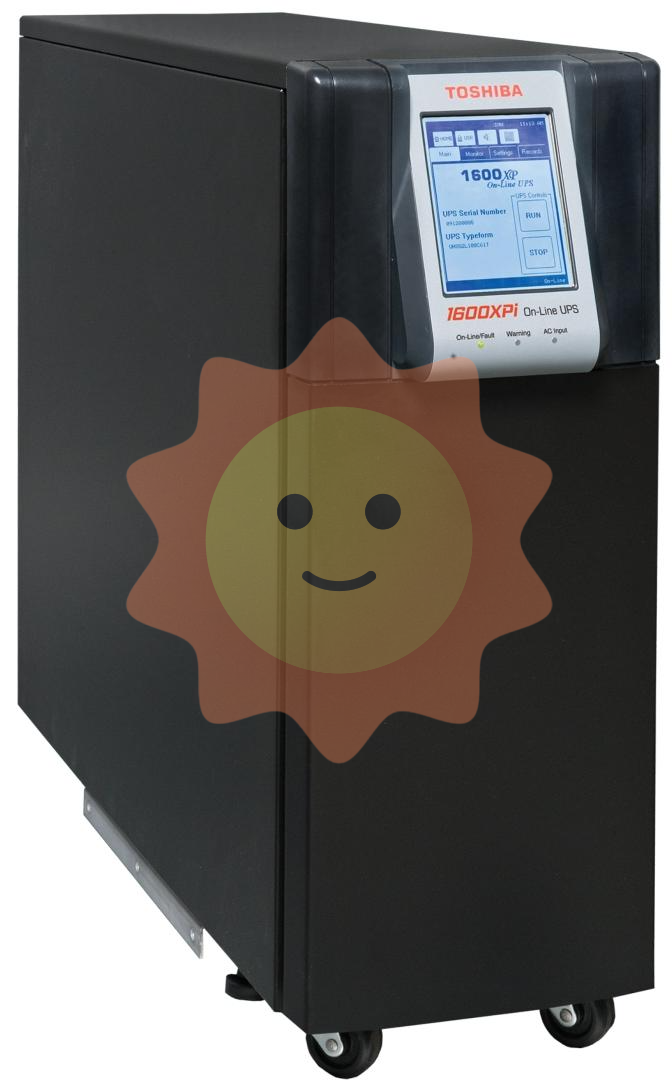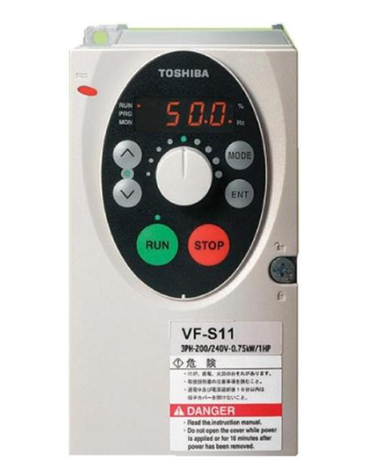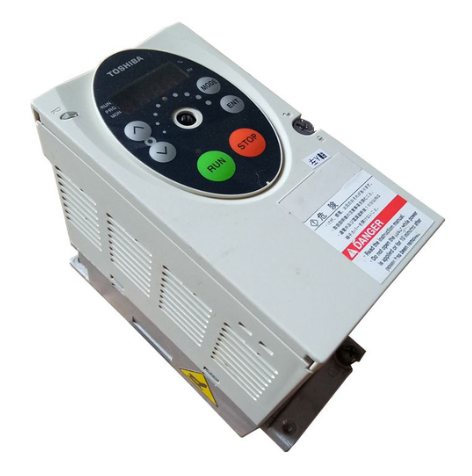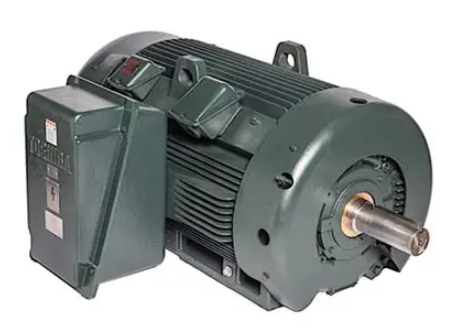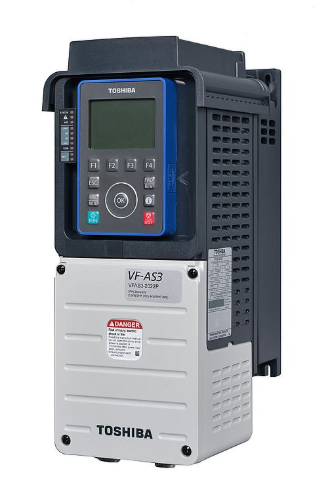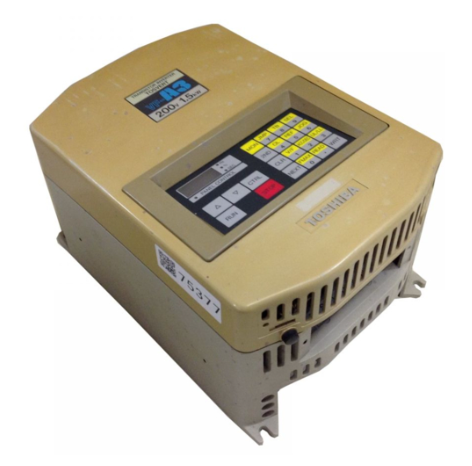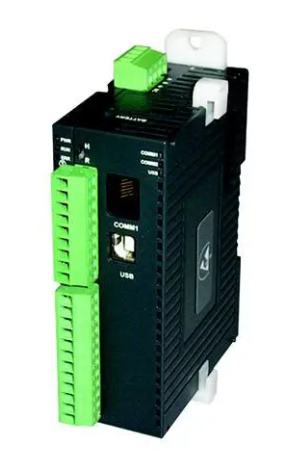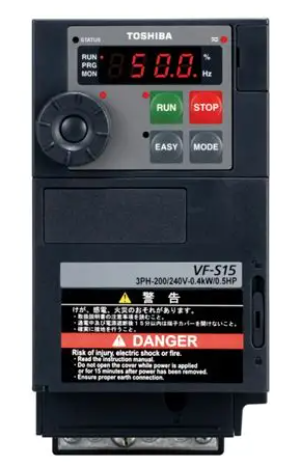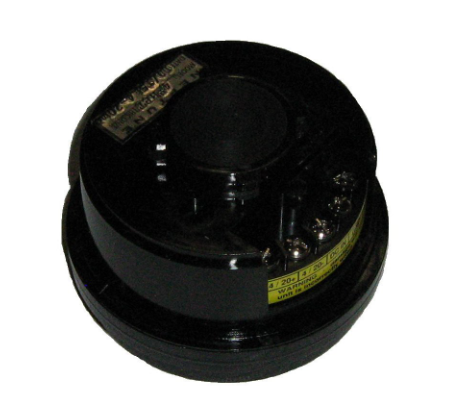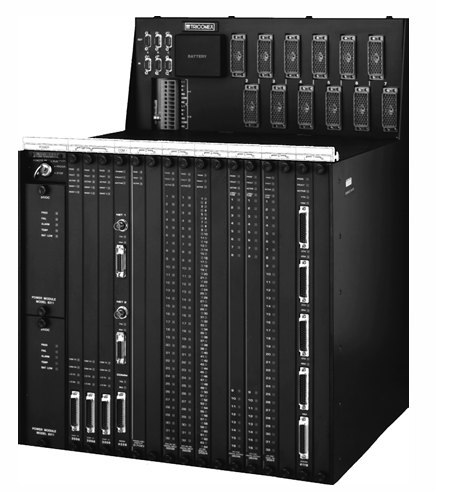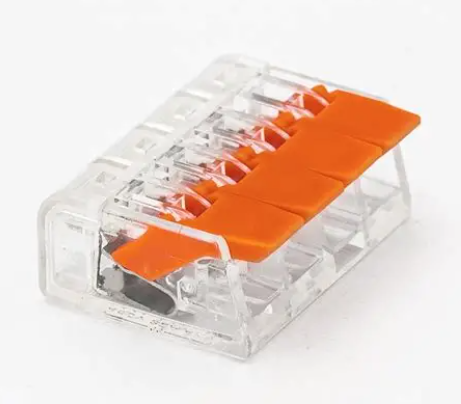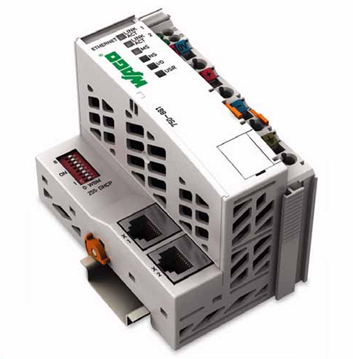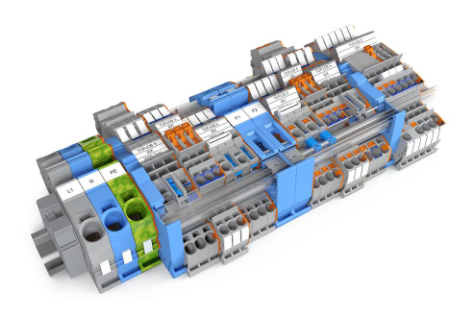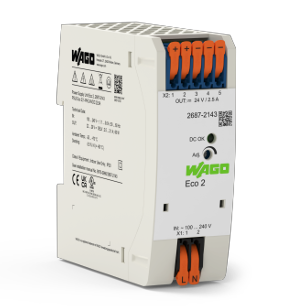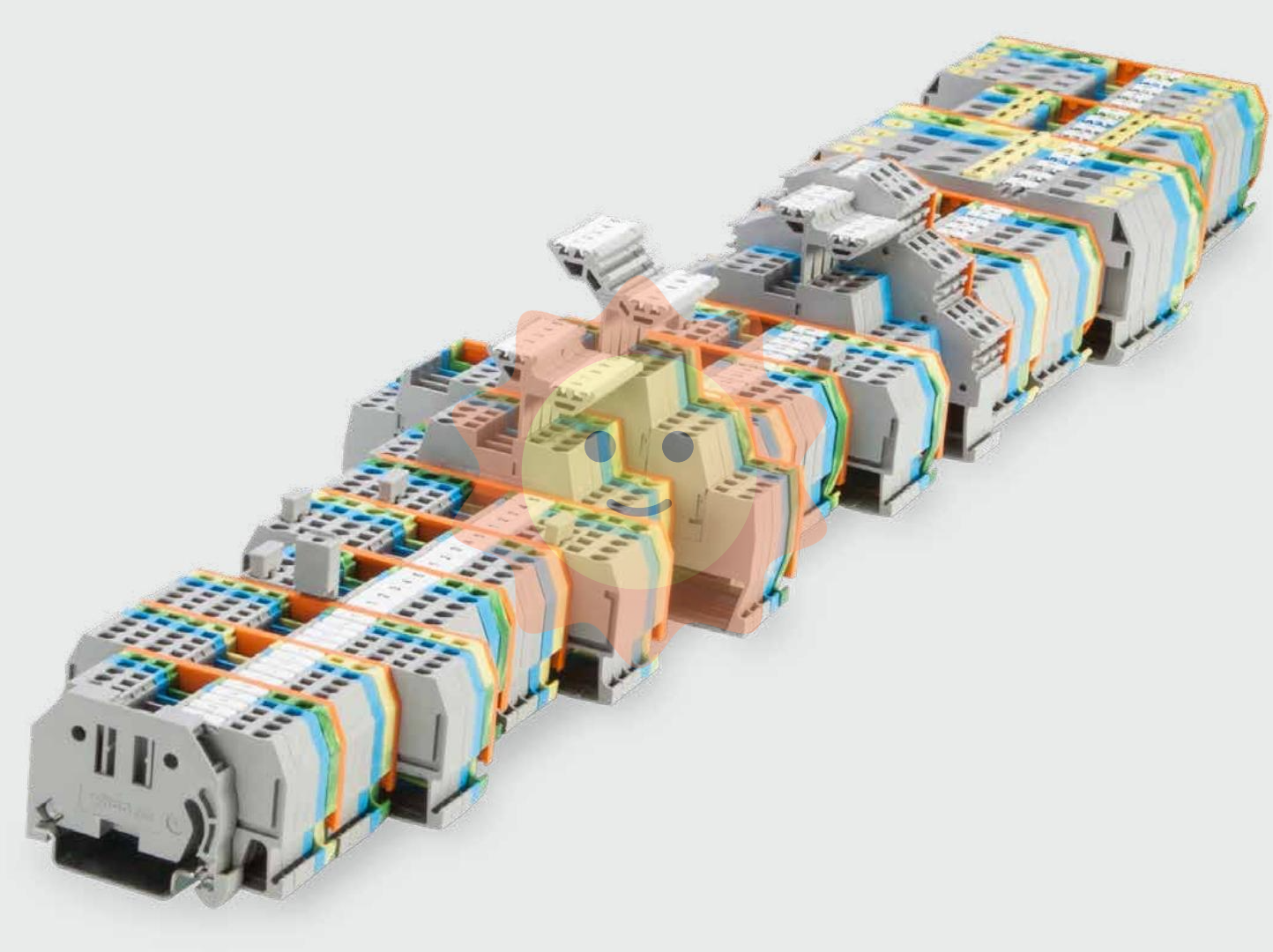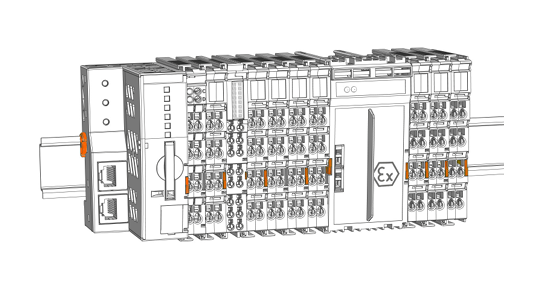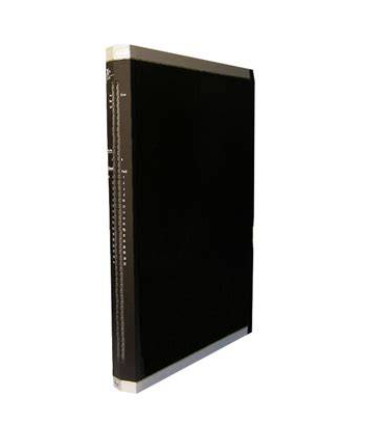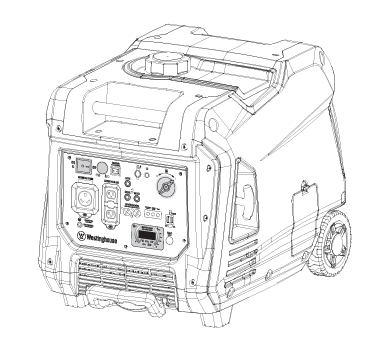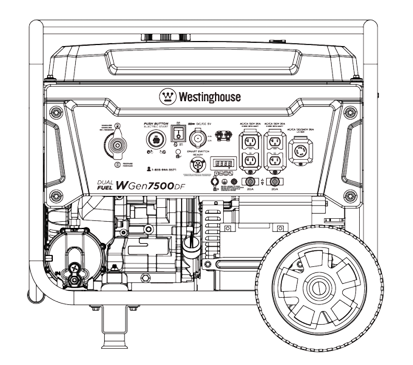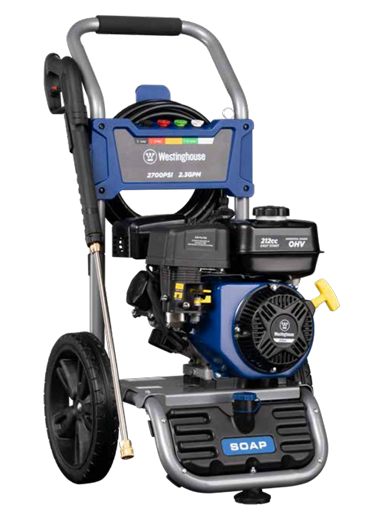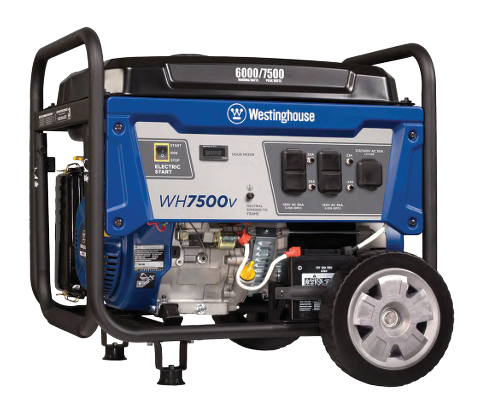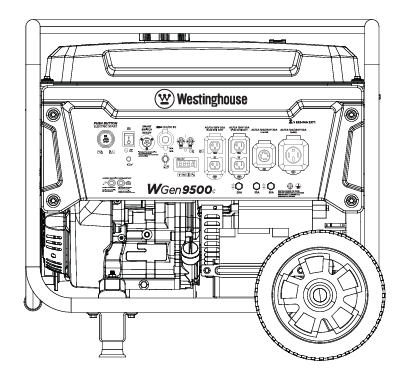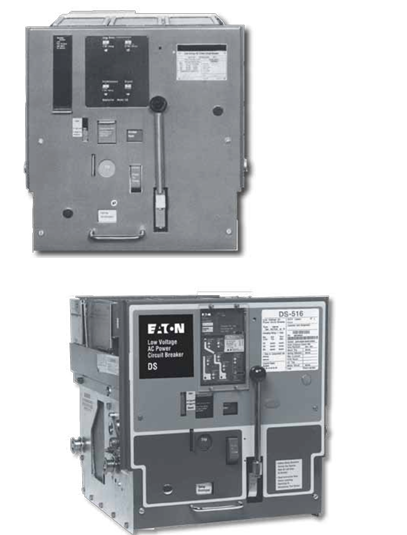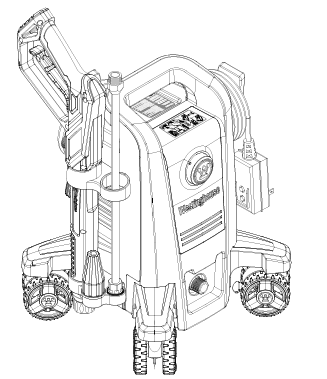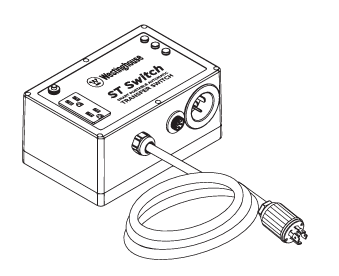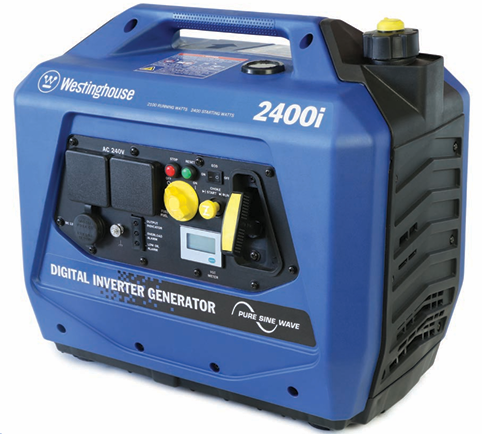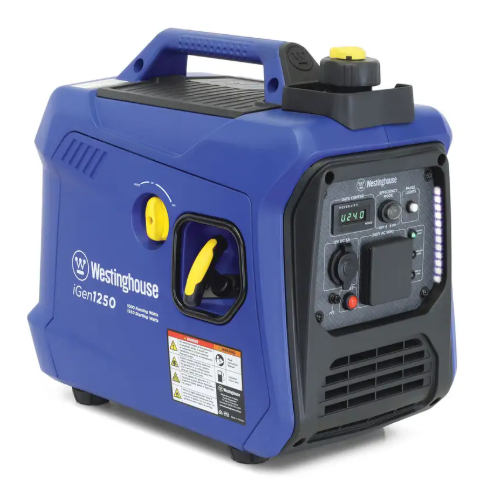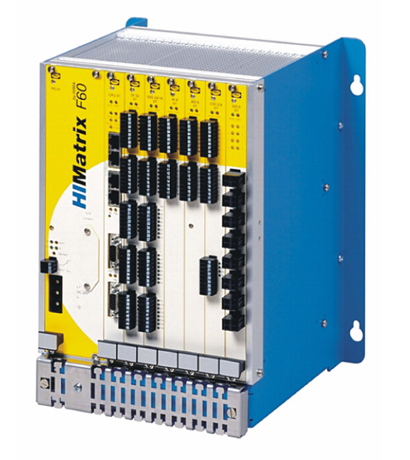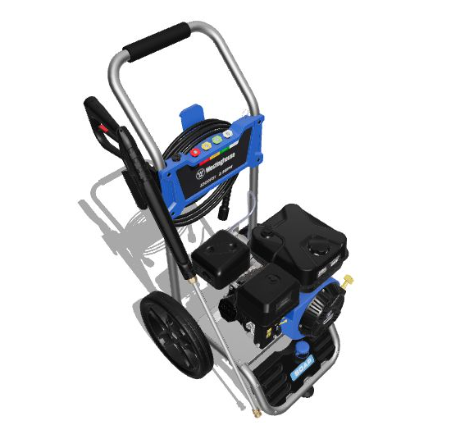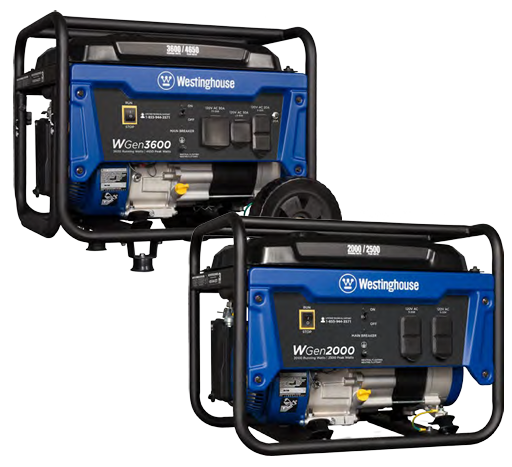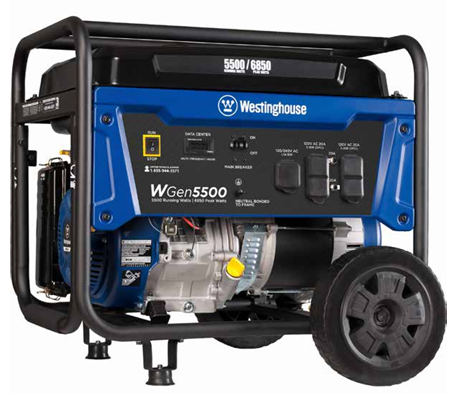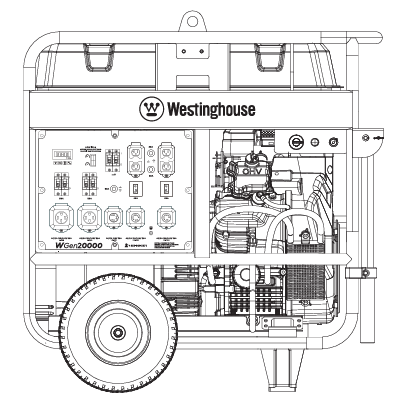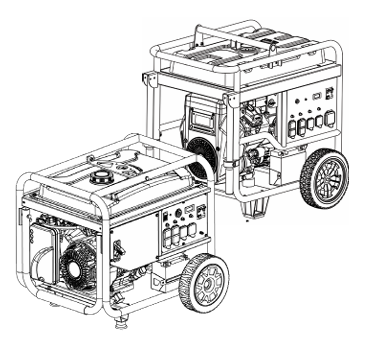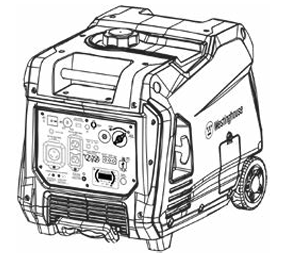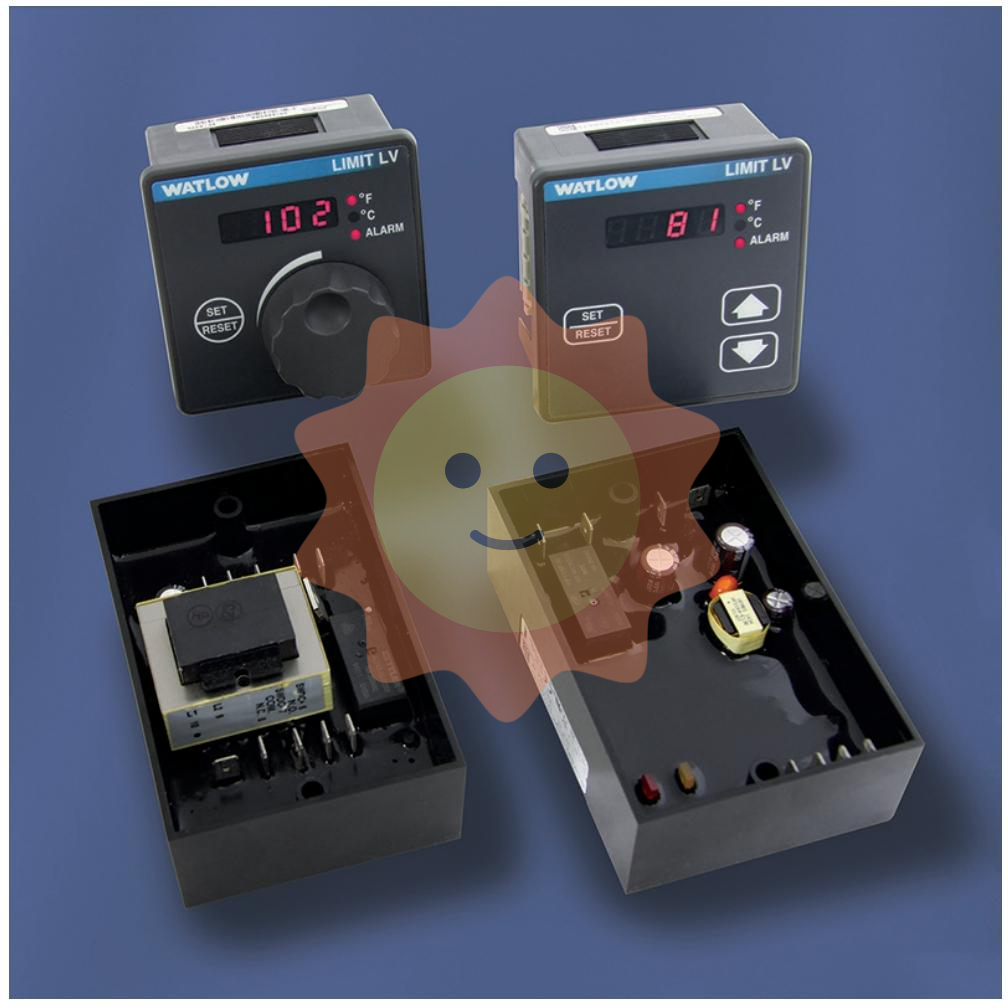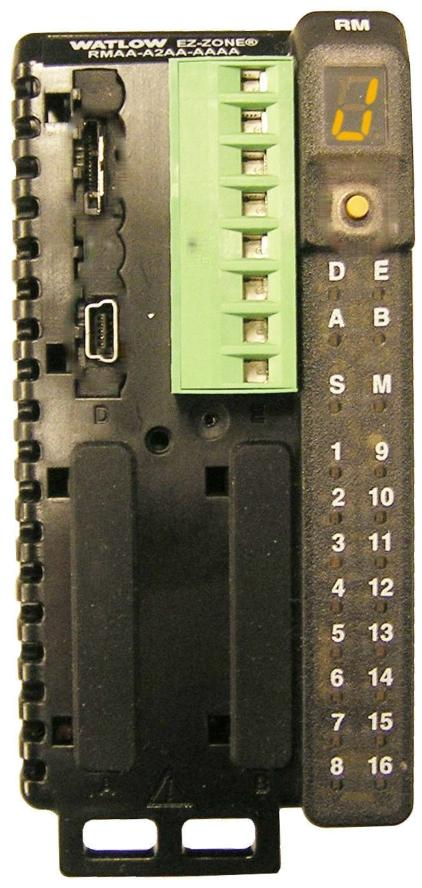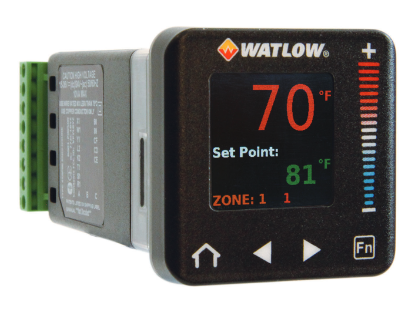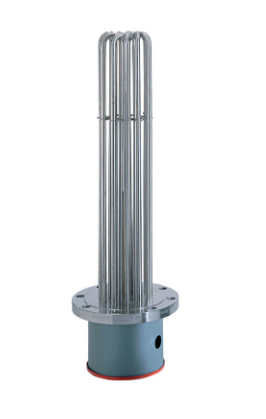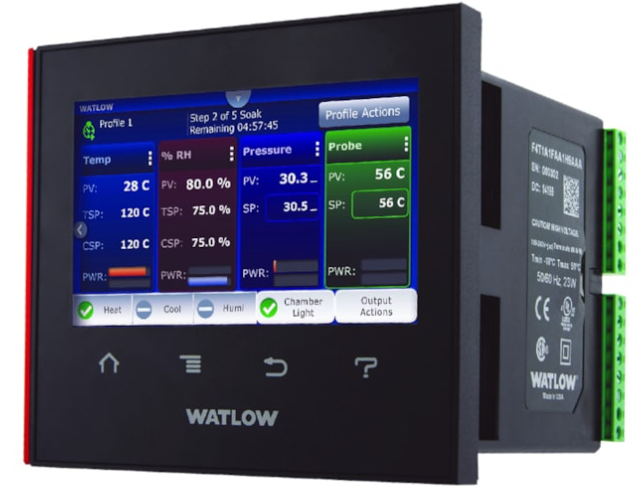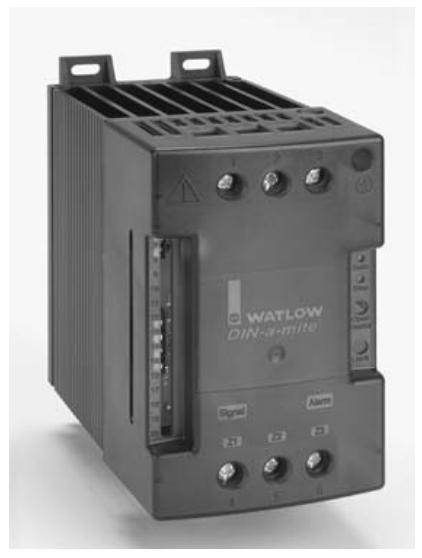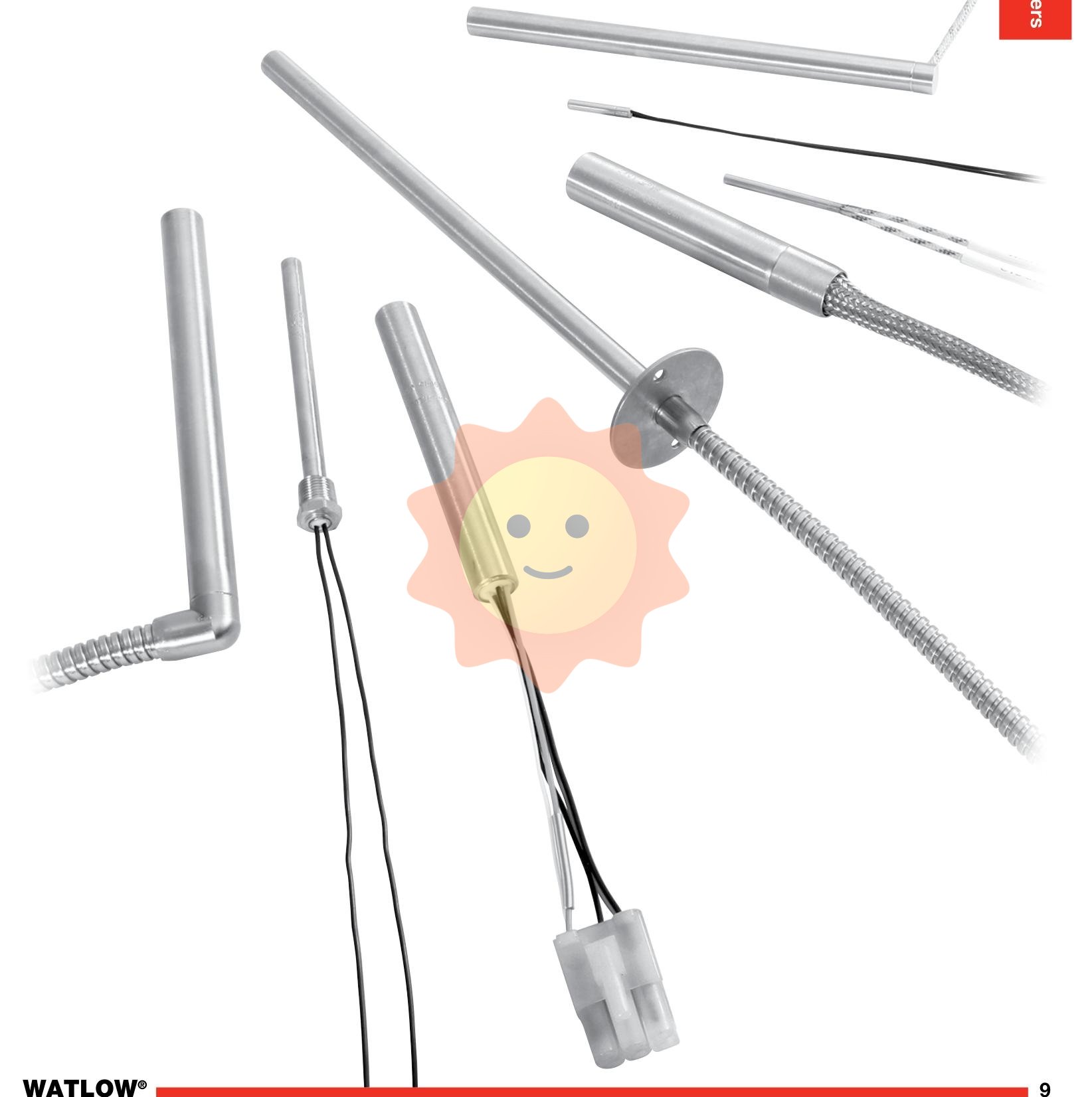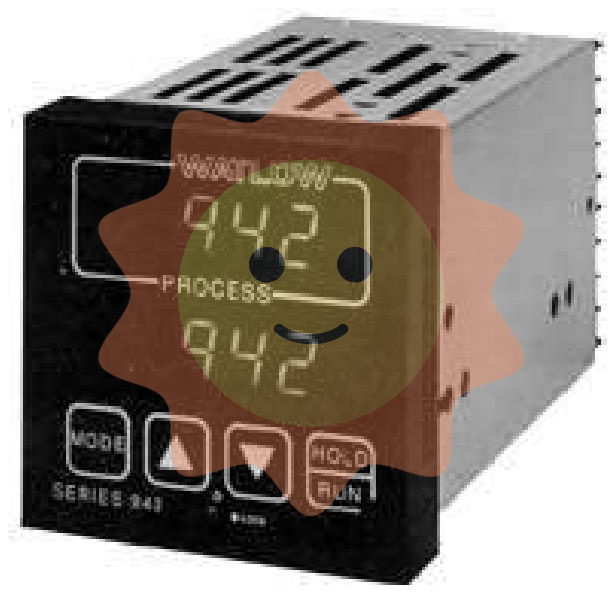TRICONEX 3720 Controller Module
TRICONEX 3720 Controller Module
Product Overview
The TRICONEX 3720 controller module is an all-in-one unit designed for integration with Triconex safety control systems. It is available as a basic module with MECHATROLINK and Ethernet (100Base-TX) ports as standard and an optional slot that supports a wide range of communication protocols and standards, enabling seamless connectivity with a wide range of devices and systems.
Key Features
Versatility: The TRICONEX 3720 not only provides basic control functions, but also supports motion functions, positioning, speed control, torque control, phase control, and electronic cams.
High Reliability: The use of high-quality materials and manufacturing processes to ensure stable performance in a variety of harsh environments. At the same time, it supports logic independent dual buses to achieve redundancy and fault tolerance functions, further improving system reliability.
Communication capability: Supports a variety of communication protocols, such as Modbus, DNP3, OPC, etc., which facilitates data exchange with other devices. The standard Ethernet (100Mbps) port supports high-speed data communication.
Easy to expand: With optional modules, it can be applied to various open networks. At the same time, high-performance motion control can be easily realised using the PLC system.
Remote monitoring and management: Supporting remote access function, users can remotely monitor and manage the Triconex safety control system through the network.
Troubleshooting: With troubleshooting function, it can monitor and diagnose abnormalities in the communication process in real time to help users quickly locate and solve problems.
Application Areas
TRICONEX 3720 is widely used in modern industrial fields such as electric power, petroleum, mine hoisting, harbour, heating, gas, water supply, sewage treatment, metallurgy, paper making, textile, chemical industry, water conservancy and so on. In these fields, it is used to monitor and control all kinds of factory equipment, production processes and manufacturing automation systems to ensure staff safety and product quality.
Technical specifications
The technical specifications of TRICONEX 3720 include:
Voltage: 0-5 VDC, +6% or 0 to 5 VDC or -5 to +5 VDC
Number of input points: 64 single-ended
Isolated points: Yes
Input update rate: 10ms
Resolution: 12-bit or 14-bit programmable
Accuracy: 0.15% or less of FSR from 0°C to 60°C
Breakout resistance: 140 kΩ (DC), typical
Inter-branch isolation: 420 kΩ, typical
Input over-range protection: 150 VDC/115 VAC continuous
Diagnostic indicators: PASS, FAULT, ACTIVE, FIELD
Installation and Maintenance
Installation: Please follow the installation guide in the product manual to ensure that the module is correctly installed and fixed to the appropriate position. When connecting the power supply and communication lines, please pay attention to electrical safety and avoid short circuit and overload.
MAINTENANCE: Inspect and maintain the TRICONEX 3720 regularly to ensure that it shows no signs of damage or deterioration. If any malfunction or abnormality is found, replace or repair it promptly. Also, keep the area around the module clean and ventilated to avoid damage to the module from dust and moisture.
CONTROLLER FEATURES
• Provides Triple Modular Redundant (TMR) architecture, whereby each of three identical channels independently executes the application, and specialized hardware and software mechanisms vote all inputs and outputs.
• Withstands harsh industrial environments.
• Integrates the I⁄O module with the termination assembly.
• Enables field installation and repair to be done at the module level while the controller remains online without disturbing field wiring.
• Supports up to 14 I⁄O modules. (If the controller includes AO or PI Modules, up to 10 modules are supported.)
• Provides TriStation and Modbus communication directly from the Main Processor (MP) or from the Communication Module (CM).
• Executes applications developed and debugged using TriStation.
• Provides a dedicated co-processor which controls the input and output modules to reduce the workload of the MP. Each I⁄O module is supported by custom application-specific integrated circuits (ASICs), which scan inputs and perform diagnostics to detect hardware faults. Output module ASICs do the following:
– Supply information for voting of output data.
– Check I⁄O loop-back data from the output terminal for final validation of the output state.
– Perform diagnostics to detect hardware and field-wiring problems.
• Provides integral online diagnostics with adaptive-repair capabilities.
• Allows normal maintenance while the controller is operating, without disturbing the controlled process.
• Supports hot-spare I⁄O modules for critical applications for which prompt service may not be possible.
• Provides integral support for redundant field and logic power sources.

- User name Member Level Quantity Specification Purchase Date
- Satisfaction :
-









Email:wang@kongjiangauto.com

